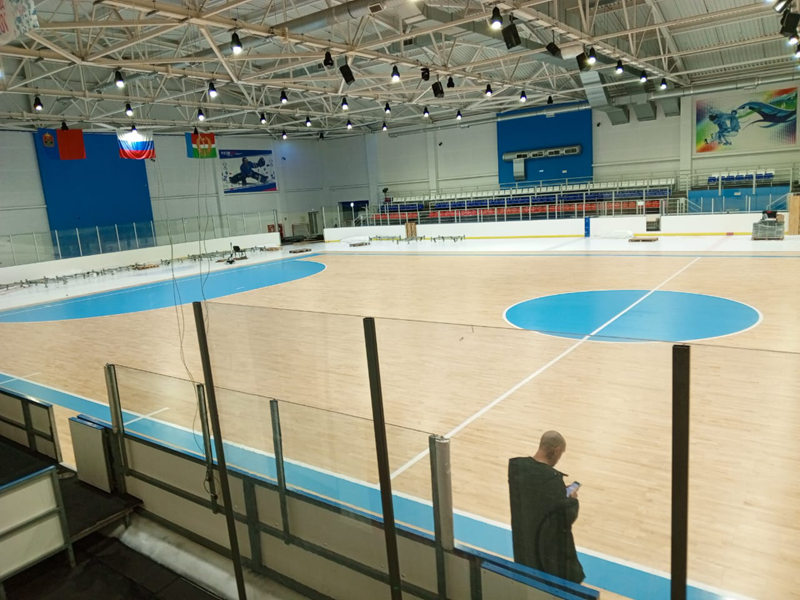In an era where environmental sustainability is a top priority, sports wood flooring offers several significant environmental benefits. It is a renewable and eco - friendly option that aligns with the growing demand for green building materials.
One of the primary environmental advantages of sports wood flooring is its renewable nature. Wood is a natural resource that can be replenished through sustainable forestry practices. Many manufacturers of sports wood flooring source their wood from certified forests, where trees are harvested in a responsible manner. This ensures that new trees are planted to replace the ones that are cut down, maintaining the ecological balance of the forest. Unlike non - renewable materials such as concrete or synthetic flooring, which require large amounts of energy and resources to produce, wood is a more sustainable choice.
The production process of sports wood flooring also has a relatively low environmental impact. Compared to the manufacturing of synthetic flooring, which often involves the use of harmful chemicals and high - energy processes, the production of wood flooring is more environmentally friendly. The sawing, planing, and finishing of wood require less energy and generate fewer pollutants. Additionally, many wood flooring manufacturers are adopting more sustainable production methods, such as using water - based finishes and recycling wood waste.
Sports wood flooring also has a positive impact on indoor air quality. Unlike some synthetic flooring materials that can emit volatile organic compounds (VOCs), which can cause health problems such as headaches, nausea, and respiratory issues, wood flooring is a natural and non - toxic option. It does not release harmful chemicals into the air, creating a healthier indoor environment for athletes, staff, and spectators. This is especially important in sports venues, where people spend long hours and need clean and fresh air to perform at their best.
Another environmental benefit is the potential for recycling and reuse. At the end of its useful life, sports wood flooring can be recycled or repurposed. The wood can be used for other construction projects, such as making furniture, creating decorative elements, or even as fuel for biomass energy. This reduces the amount of waste sent to landfills and promotes a circular economy.
Furthermore, the use of sports wood flooring can contribute to energy efficiency in sports venues. Wood has natural insulating properties, which can help in regulating the temperature inside the building. This can reduce the need for excessive heating or cooling, leading to lower energy consumption and cost savings.
In conclusion, sports wood flooring offers a range of environmental benefits. Its renewable nature, low - impact production, positive effect on indoor air quality, recyclability, and energy - efficiency make it an eco - friendly choice for sports venues. By choosing sports wood flooring, venue owners can not only provide a high - quality surface for athletes but also contribute to a more sustainable future.

Leave a Reply